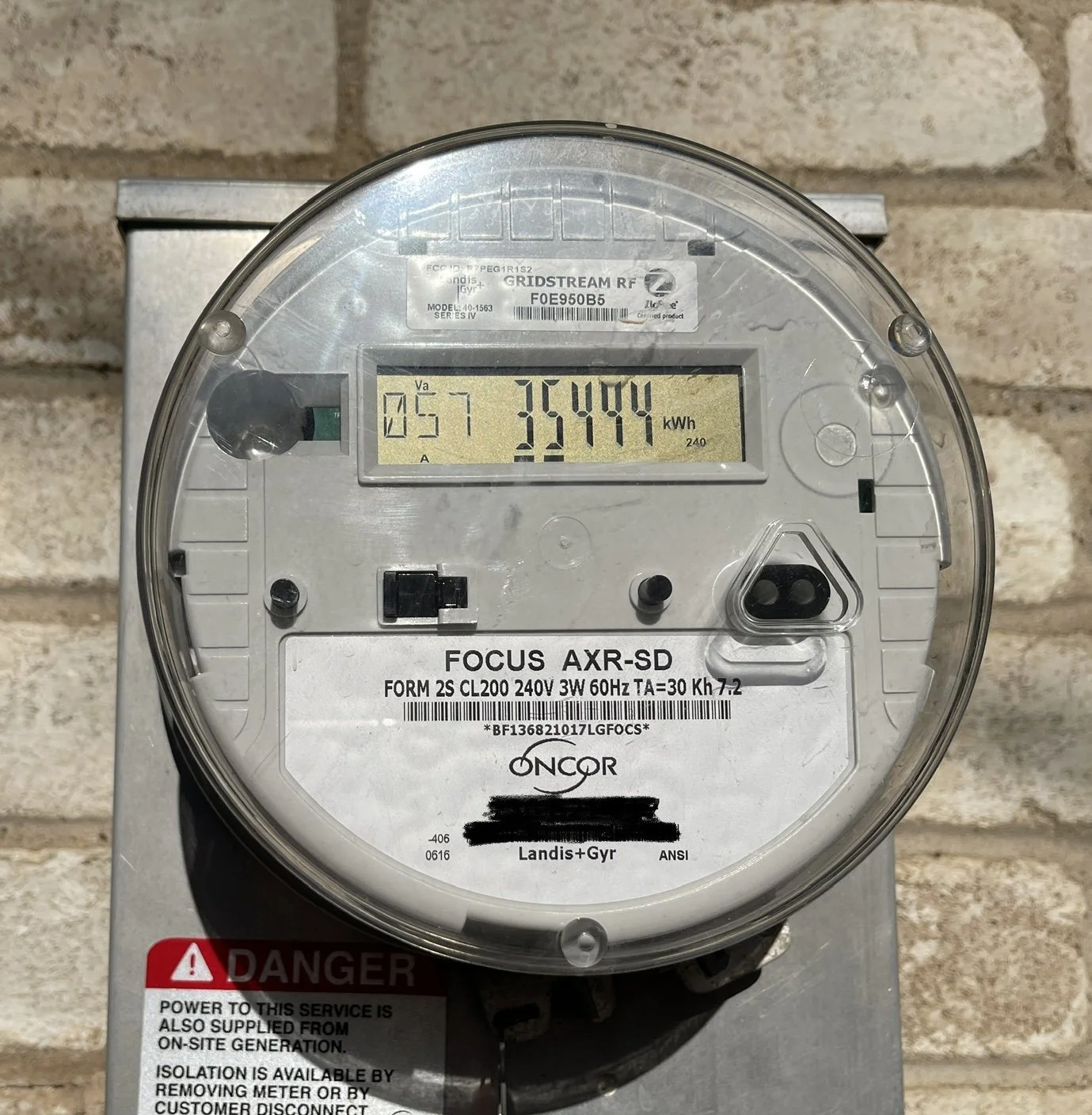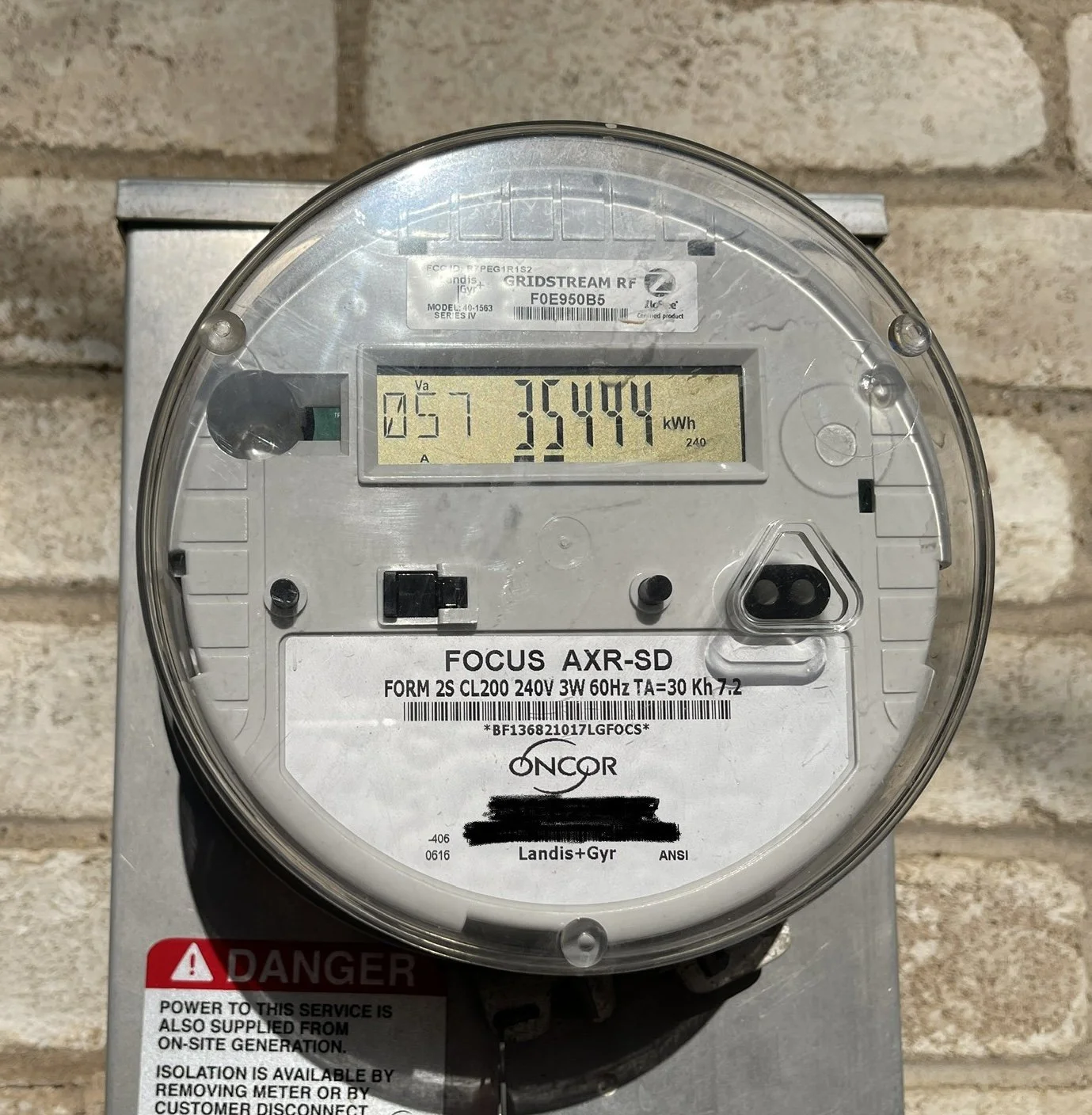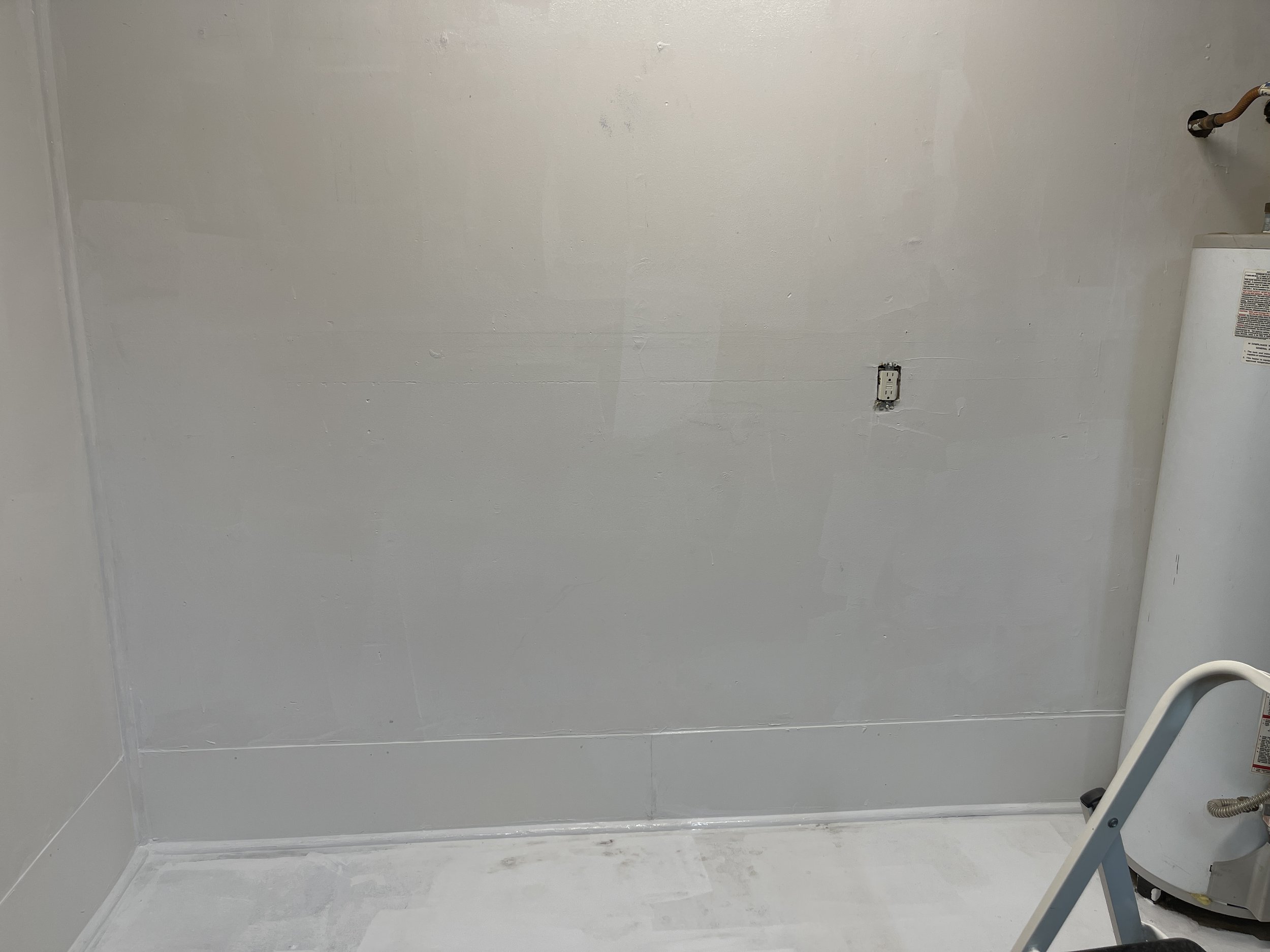Expecting The Unexpected With Solar
The solar power industry is constantly changing, and not just new technology. Here in the USA, this includes how cities, counties, and states manage and change regulations. Power companies themselves can impose rules and regulations, and change how they offer services. This can happen quickly, and can dramatically change your plans.
County Code
Just like anything else electrical-related, there could be city, state, and county regulations that have to be enforced for solar installations. As the technology is new, the regulations can change frequently. For example, when the first set of 22 panels were installed, a ground wire had to be run from the panels into the ground itself. When the next set of 24 panels were installed, the city inspector would not sign off on the system until a second ground wire was run down the opposite side of the house, also into the ground. Why? County code was updated and it was required. This added almost a week to the sign-off and activation, since the city had to come out and re-inspect, and the panels could not be “activated” until the city officially approved it. This round with the batteries also has had one major code-related change that happened before they even started the install.
I had worked out a couple of site visits with Kosmos Solar (one with an electrician) to determine where the batteries were going to go. They’d go on a wall in the garage to the left of the hot water heater. There was a lot of junk piled up in that area, and an old workbench was in the way. After spending a few days clearing out the area, repairing drywall, and patching nail and screw holes, the area looked great. When Parry from Kosmos Solar came out to collect the down payment, he saw this (“wow you even painted everything!”) and took fresh measurements. He had a question about spacing between the batteries as we were working out their exact placement, so he decided to call the office.
Now the phone was up to Parry’s head, but I still managed to make out a few words from the person in the office - the county had made changes to the code yet again (like the day before) and there was going to be some impact to several projects, including mine. The new rules boiled down to this - batteries cannot be installed against an inside wall, and the distance between them had been increased. The back of the garage where I had done all of the repairs, including my paint job, no longer mattered. This meant I’d have to move them to another wall. And so I was going to have another wall that I would want to repair and paint (I didn’t have to, but now I felt compelled to do it right), and I was going to have to move the electrical outlet for the sprinkler system and the garage door opener.
More Garage Issues
There was one other change that this relocation of the batteries to an outside wall brought into focus - I was not going to be able to park a car in the garage as the passenger door could open and hit a battery, causing a potential safety issue. Not a big deal, except I had walled in one quarter of the garage and made into a server room, and the opposite wall - while an eligible outside wall - did not have enough wall space for mounting batteries with the new spacing requirements. In the future I had planned on getting an electric car, but this meant I could not park and charge it in the garage, it would have to be set up outside. For all I knew, code regulations might forbid residential fast chargers for electric cars on the outside of the house.
I didn’t blame Parry or Kosmos for this - thanks to them being on top of current changes, an expensive catastrophe was avoided. I was worried for their existing customers that were now impacted and what would happen to them.
The electrician made another site visit to map out where cables would be run, and came up with the suggestion of moving a huge steel storage cabinet to another location, which could potentially allow enough room for my car to park in the garage. This led to even more work in the garage, but also plenty of room for expansion of the system. Plus the idea of getting the car in the garage was exciting! Within 24 hours I had moved the heavy cabinet, and patched and repaired the freshly exposed drywall.
The Dream
When you are involved in a project, even if you are not thinking about it consciously night and day, it is being tossed about and examined in the subconscious. I had a very vivid and bizarre dream in which my nephew who was apparently Adam Driver was tearfully telling me a sad story. In the middle of this story he basically broke character so to speak and said “oh, you can’t put the batteries for the solar panels next to the hot water heater, you need to measure because of the entryway.” Sure enough, the next day I measured carefully in the garage. On the other side of the wall where I was going to put the batteries was the entryway, so I measured exactly how much room I had, and we were basically back to the placement where the car could not go into the garage.
The bright side is the garage wall looks like new. My plan now is to get a ruling from the city about what barriers I could possibly put in place that would allow for a car to safely park in the garage and get it in writing.
Critical Systems
I know what you are thinking, that I said “expansion of the system” earlier. Oh did I not mention this? There are spikes that could occur based upon what is turned on and when, and that could damage the batteries. For example, if the grid goes down, the A/C kicks on, and I turn on the microwave, a spike could damage things. Like not-covered-by-warranty damage things. Now I could run the entire house off of the batteries and simply “be careful” but as this is a fairly expensive setup I don’t want to do that. I’m not even mentioning my workshop with a table saw, miter saw, jointer, planer, sander, dust collection, and so on - that is spikes galore.
The long answer is to just buy more batteries. However I don’t have the funds for that right now, I have to wait. So the current plan moving forward is to put critical systems on the batteries, like heating and cooling, the refrigerator/freezer, the servers and the security cameras, the garage door opener, and a few lights and outlets. The rest will be grid-only at night. In the event of a power outage I will maintain temperature, Internet access, cameras, and my food won’t thaw out and go bad. I might have to light a few candles here and there and no microwave meals, but I will more than get by. I had not even considered this originally, but finances are not unlimited.
The Power Company
When the second round of panels came online in August of 2019, it marked the end of paying an electric bill, and the beginning of slowly building up a credit with my electric company. No more. It was a good run of over two and a half years. What happened?
A new change with the power company goes into affect mid-April 2022. Yes, Texas is an energy state and one of the more green-leaning at that, with 20% of its power coming from wind and solar (mainly wind). And yes, I am fortunate that I have a choice when it comes to my electric company, and the electric companies are independent from the grid operators. My current electric company is Green Mountain, and the plan I was on allowed me to sell any excess solar power I was not using to the grid, and I had built up a credit. However things are changing - the amount I can sell to Green Mountain has a cap limit of what I get credit for when excess solar power is uploaded to the grid. The credit cannot exceed the amount I pull down off of the grid. This means I cannot build up a credit any more.
Slowly over time, particularly during the winter months, I will be pulling more energy off the grid depleting my built-up credit. For critical systems it won’t matter as those will pull from the batteries, but as I won’t have everything pulling from the batteries until a future upgrade, I’ll probably have a small electric bill during next winter.
I’ve researched and for my needs, Green Mountain is still the best choice. This is comparing them to other power companies here in Texas that offer buy-back plans for residential solar installations.
Conclusion
It helps living in a modern and forward-thinking city. Especially as it is apparently a rare thing. This does allow one to really explore previously submitted permits on one’s property as well as what one might expect when heading down the path of changes to that property - particularly when it comes to solar energy. However there is the side effect that the modern city is better positioned to make changes quickly to things like code compliance and paperwork processes, and these can have unexpected consequences.
I wanted to be completely self-sufficient and never have to pay for electricity. I wanted an electric car, fueled by sun power that I harnessed myself. I’m not there yet. The solar panels have come in two steps, and the batteries will apparently come in two steps. In the next blog post of this series, I am hoping for a review of the Lion Energy Sanctuary setup.








